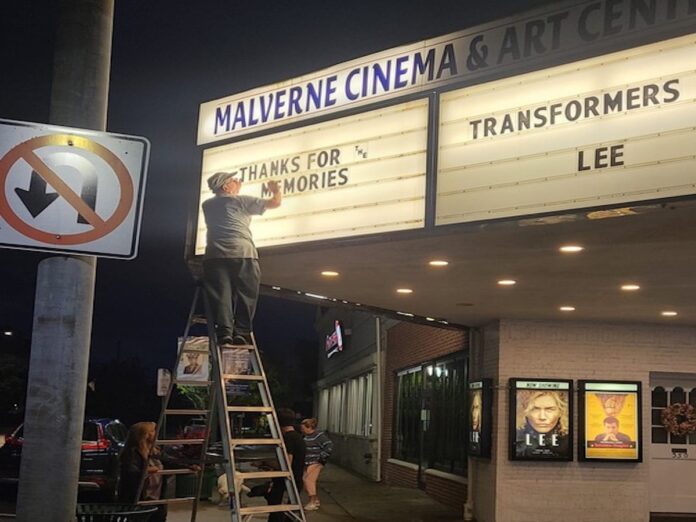It’s a somber day for local entertainment as the beloved Malverne Cinema, a staple in the community since 1947, goes dark. One of the few remaining independent movie theaters on Long Island, it served generations of film lovers with its five-screen, 700-seat setup. Henry and Anne Stampfel, the cinema’s dedicated proprietors since 1990, worked tirelessly to maintain affordable prices, offering a rare haven from the skyrocketing ticket and snack costs found at large chain theaters. Despite their best efforts, however, the cinema couldn’t keep pace with rising rents, forcing them to close the doors on this cherished venue.
For countless West Hempstead and Malverne residents, the theater was more than just a place to watch movies—it was where date nights, family outings, and weekend traditions were made. The intimate setting and the nostalgia of an independent cinema kept it alive in the hearts of locals, providing a more personal touch than large multiplexes could offer. While the space on Hempstead Avenue now sits in uncertainty, the Malverne Cinema will forever live on in the memories of those who frequented its screenings, much like the timeless films it showcased.
The Changing Landscape of Movie Theaters
The closure of Malverne Cinema mirrors a broader trend affecting independent cinemas across the country. As streaming services like Netflix, Disney+, and Hulu dominate home entertainment, and big-budget theaters introduce luxury amenities—like reclining seats, dine-in options, and state-of-the-art IMAX and 4D screens—small independent theaters face increasing difficulty staying competitive.
At the same time, cinema chains have begun pivoting to a premium experience to draw audiences back. From gourmet food and bar services to exclusive early releases, theaters are no longer just venues for watching movies but destinations for a night out. Subscription services like AMC Stubs A-List and Regal Unlimited offer loyal customers the opportunity to see multiple films at a fraction of the cost, further pushing out smaller, less-equipped cinemas.
Moreover, the pandemic accelerated changes that had already been affecting the theater industry. A significant drop in attendance during COVID-19, coupled with shortened exclusive theater windows for new releases, has made it difficult for independent cinemas to rebound. Major studios now release films on streaming platforms only weeks after their theatrical debut, undermining the allure of seeing a film in a theater.
Yet, while these trends challenge smaller theaters, they have also spurred creativity in how independent venues operate. Some have transformed into community centers, hosting film festivals, panel discussions, and even niche screenings of classic or indie films. Others have leaned into specialty programming, offering themed nights or partnerships with local businesses to create unique cinematic experiences.
Still, the closing of the Malverne Cinema is a bittersweet reminder of the difficulties small theaters face, even as the love of film persists in new formats. As the screens go dark and the seats sit empty, it marks the end of an era for West Hempstead and Malverne, while raising larger questions about the future of local movie-going experiences.








